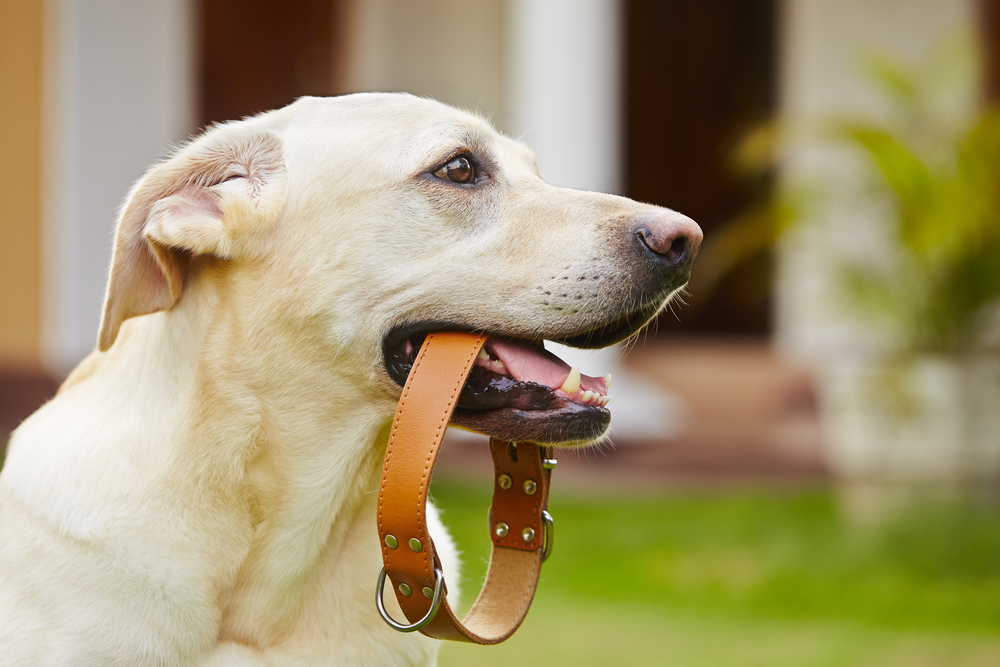4 Disaster Preparedness Steps Every Pet Owner Should Take
Families all over the world are affected by disasters on a daily basis. Earthquakes, fires, floods, and tornadoes often strike with little or no warning. When homes become unsafe and evacuation is necessary, people are often forced to leave their pets behind because they have not planned ahead and made a disaster preparedness plan that includes them. Even in shelter-in-place situations, pet owners may not be prepared with adequate supplies to provide for their pets.
Don’t let this be you! With a little planning, you can make sure that your pets are cared for in the event of an emergency.
Step 1: Make sure your pet has proper identification
Ideally, your pet will stay with you or be cared for in a safe location if disaster strikes. But sometimes the unforeseen happens: Animals can get scared and run away, homes can be destroyed, or time runs out before a pet is evacuated.
If you are separated from your pet during an emergency, proper identification is your best chance of being reunited.
- Collar and ID tags — Every dog and cat should wear a collar and tag with your name and current cell phone number.
- Microchip — Pets should also be microchipped. Implantation of a tiny microchip under the skin will allow emergency or shelter staff to access your contact information as well as pertinent information about your pet (medical conditions, medications, etc.).
Be sure to let emergency workers know that your home contains pets that may need to be rescued. Stickers are available that can be posted in the front window of your home to alert rescuers that pets are housed inside.
Lastly, you may want to carry a picture of your pets in your wallet. If you have to search for them after a disaster, it will be helpful to have a picture to show to animal shelters and rescues.
Step 2: Assemble a pet emergency kit
Assembling an emergency kit for your pet is a must. Having supplies ready to grab in an instant will allow you to care for your furry friend properly. Plan to stock your emergency kit with two weeks-worth of supplies that can be used whether you are stuck in your house or must evacuate. Emergency supplies should be packed in an easy-to-grab container, such as a plastic tote or a pull-behind cooler with wheels. This checklist of supplies can be used to help you assemble your emergency kit:
- A leash or pet carrier
- Food and water (replace food periodically so it does not expire; include a can opener if you pack canned food)
- Bowls
- A litter box and litter
- Cleaning supplies to clean up pet messes (multi-purpose cleaner, paper towels, plastic bags)
- Medical documents (vaccination records, microchip number, a list of medications, etc.)
- Medications (be sure to rotate out with new medications frequently so they do not expire)
- Important phone numbers (emergency veterinary hospital, friends who may be able to house your pet, etc.)
- Familiar items (toys or blankets to provide comfort if your pet must be away from home)
- First-aid supplies (gauze squares, bandage material, an antiseptic, an over-the-counter antibiotic ointment, etc.)
Step 3: Identify an alternate location where your pet can be housed
Some disasters will allow you to shelter in place, whereas others may require you to evacuate your home. Keep in mind that most emergency shelters will not allow pets to accompany their owners, so you will need to identify a safe location where your pet can be housed. This location may be a friend or relative’s house, a kennel or boarding facility, a veterinary hospital, or even a pet-friendly hotel. Choose a place ahead of time and confirm that your pet will be welcome there. Also, consider that disaster may strike when you are not home. You should have a trusted friend or neighbor who is willing to check on your pet and transport her to the alternate location you have chosen.
Step 4: Be ready to go!
All of your preparation and planning will only be effective if you can be ready to react at a moment’s notice. Have regular disaster preparedness drills with your family and include your pet. Make sure everyone knows whose responsibility it is to grab the emergency kits, put your pet on a leash or into a carrier, and get to safety.
By preparing today, your entire family—pets included—will be ready for anything that comes your way. Questions about your disaster preparedness plan? Call our office at 916-726-2334.

